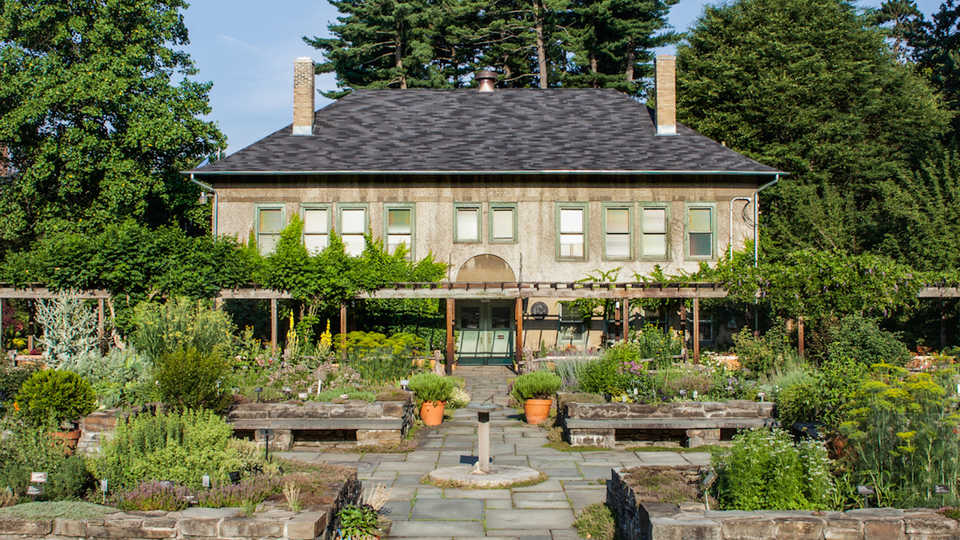Science News
Botanical Gardens to Feed the World

How will we feed a growing population in the future without using more resources? Between cropland and pastures, agriculture already covers more than 30% of the land on Earth. And with a growing middle class, diets are only becoming more land-intensive. Ecosystems and natural habitats have been and continue to be destroyed for food production at an alarming rate, so we have to educate society to do more with less, to grow more crops with less land.
And what institution better poised to take on this challenge than botanical gardens, according to a paper published today. “With a third of the world’s land surface cultivated or grazed, a rapidly rising human population and expectations for increased consumption, and widespread hunger, it is imperative that those botanical gardens in a position to do so use their special standing to help educate their visitors about agriculture and contribute to its improvement in the future,” says co-author, famous botanist, and President Emeritus of the Missouri Botanical Garden, Peter Raven. (Raven gained his love of plants and science at the Academy as a boy; he is also an Academy Fellow.)
Why botanical gardens? 3,000 botanical gardens worldwide are repositories for one-third of the plant species on Earth. Plus, the majority of botanical gardens are in close proximity to highly populated urban centers, and are well-positioned to serve as information hubs about food plants and agriculture. These gardens can provide more than information about the 309 food crops we currently eat, or even the rice, corn and wheat that account for over 60% of our diet. They can educate us about the diversity and flavors of the approximately 7,000 known edible plant species on the planet!
The authors write: “The relationships between wild biodiversity, crop plants and agriculture, both positive and negative, could be presented in garden displays and programming. To this end, botanical gardens might consider partnering with applied researchers, the agricultural industry and land managers working on local and global scales to feed a hungry planet without further imperiling the biodiversity on which we ultimately depend.”
Lead author Allison Miller, of Saint Louis University and the Missouri Botanical Garden, explains, “… many gardens support extensive research programs focused on cataloging plant diversity and distributions, documenting plant uses in different cultures, and conserving plant species in nature and in seed banks. These invaluable resources can be leveraged to develop new crops and improve existing ones for future climates, and to better understand the impacts of agricultural systems on natural plant biodiversity.”
Botanical gardens, which date back to the 16th century, are finding and defining their roles for the future.
Image: Cornell Plantations, Barbara Friedman/Flickr